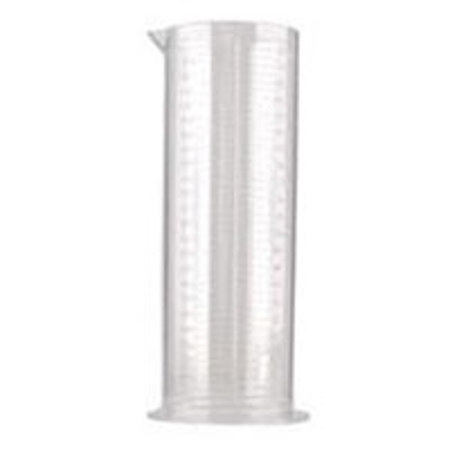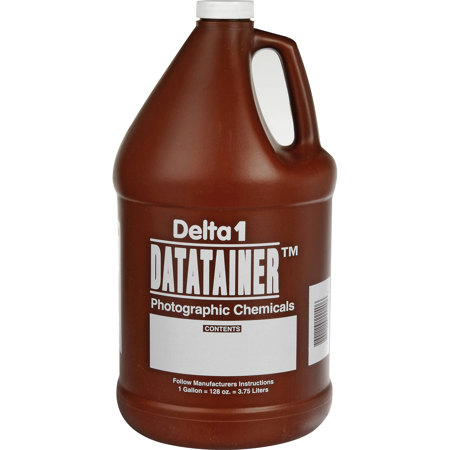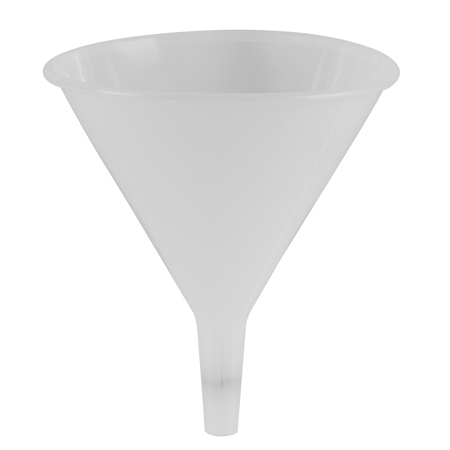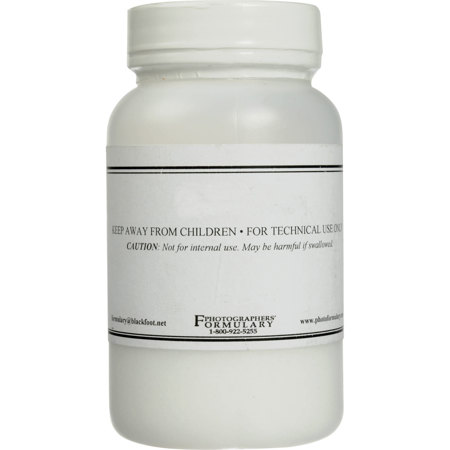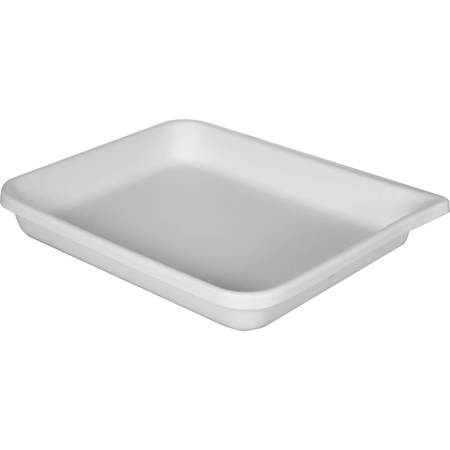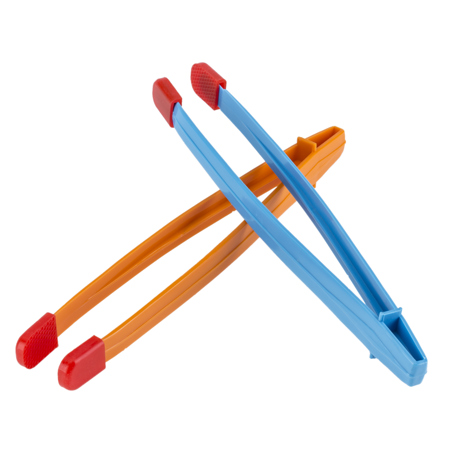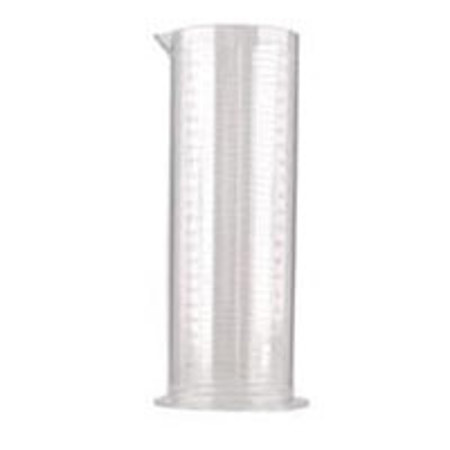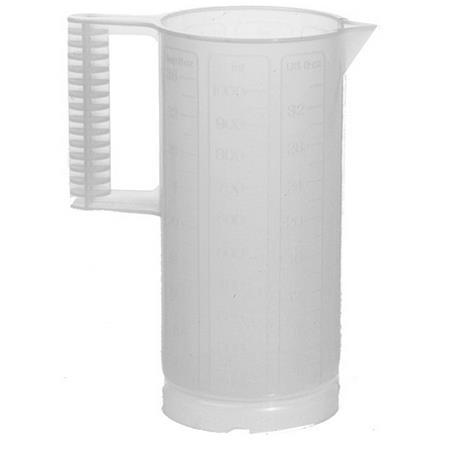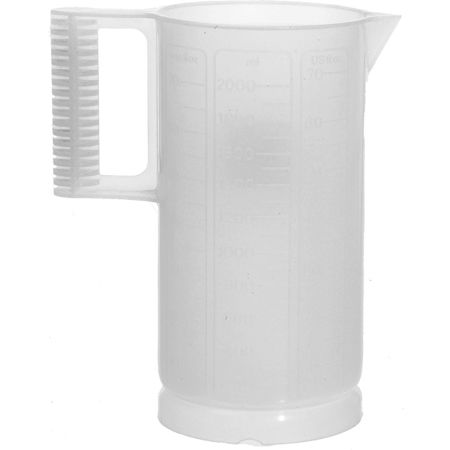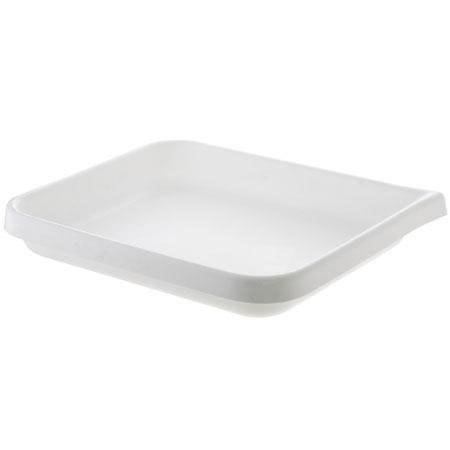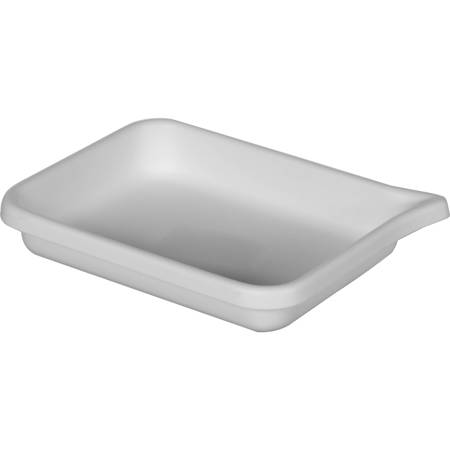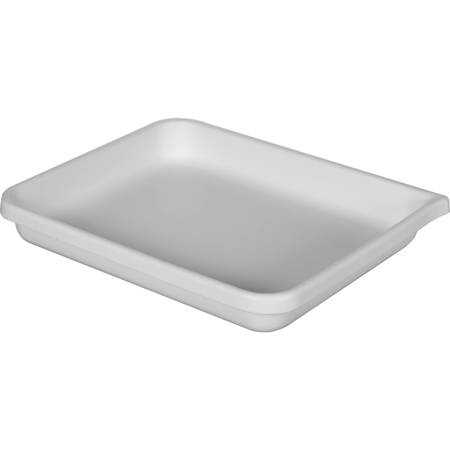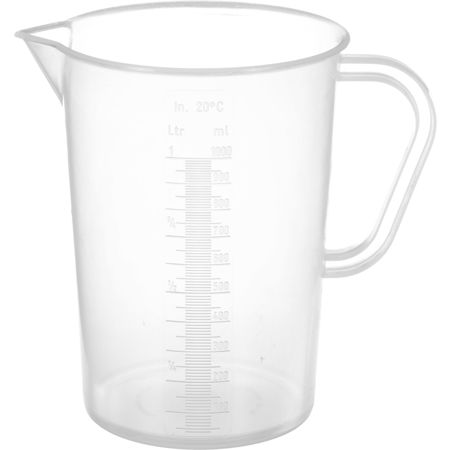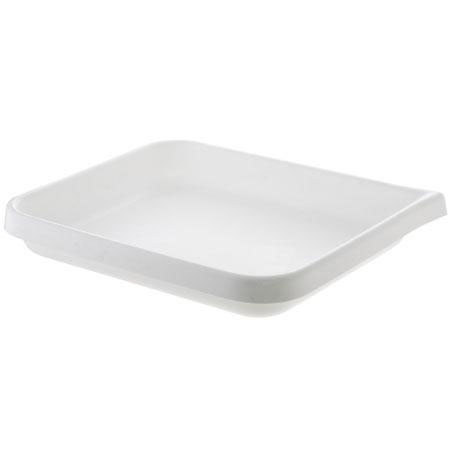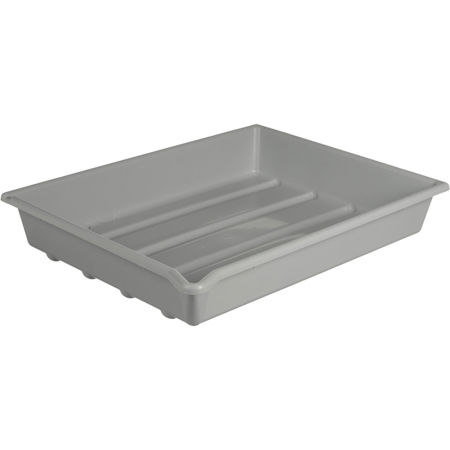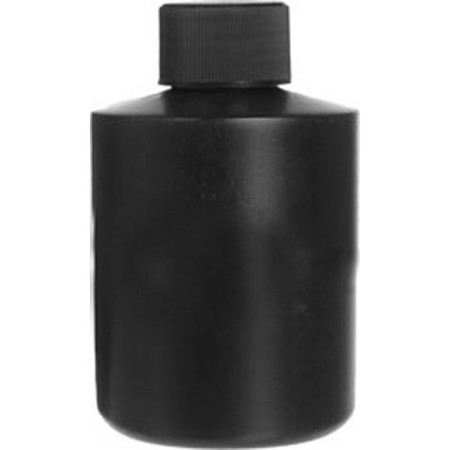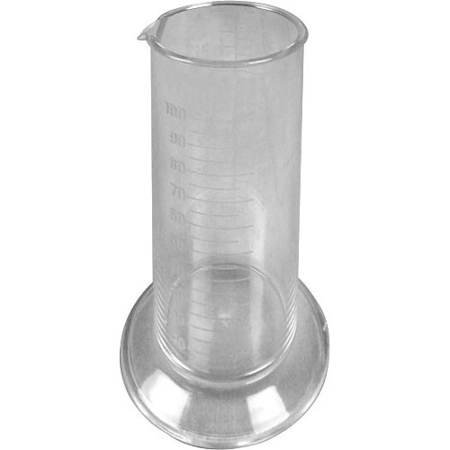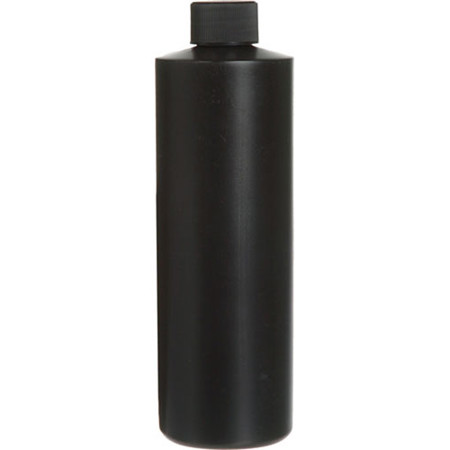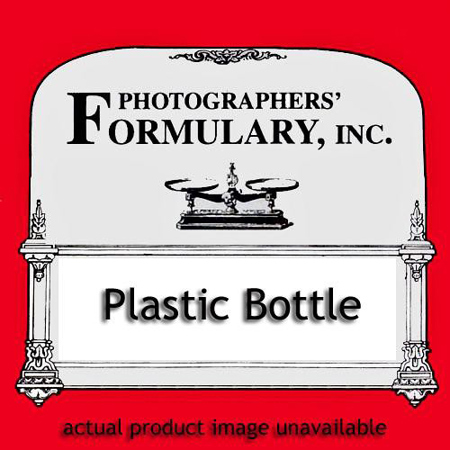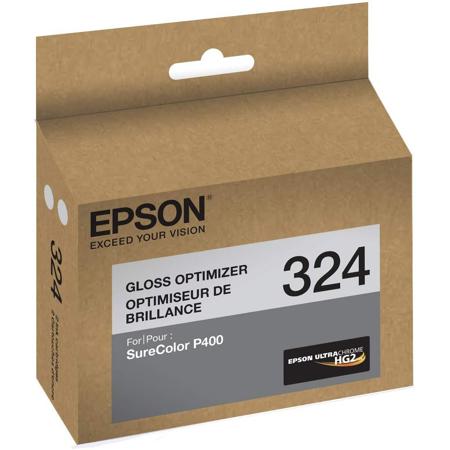Plastic Lab Equipment
In the world of scientific discovery and hands-on experimentation, plastic lab equipment has become an essential foundation for both professional laboratories and educational environments. Whether you’re outfitting a classroom for the new academic year or restocking a research facility in anticipation of a busy autumn, the versatility and practicality of plastic labware stand out. These tools are designed to handle the rigors of daily use, offering durability and resilience against drops, chemical exposure, and frequent washing—qualities that glassware sometimes struggles to match. From pipettes and beakers to graduated cylinders and storage bottles, plastic lab equipment is lightweight and less prone to breakage, making it especially suitable for bustling classrooms, fieldwork, or any setting where safety and convenience are priorities.
As fall brings a renewed focus on science projects and laboratory instruction, educators and students alike benefit from the reliability that plastic lab equipment provides. Teachers preparing for hands-on demonstrations appreciate that plastic labware can be easily sanitized and reused, ensuring a safe environment for students to explore chemistry, biology, or physics. For budding scientists, receiving a set of plastic lab essentials can be an inspiring gift—sparking curiosity and encouraging experimentation at home or in a school setting. In research labs, technicians and scientists rely on these tools for consistent results, especially when working with reagents that might interact with other materials. The affordability of plastic options also allows for larger quantities, enabling group work and collaborative experiments without worry over accidental damage.
When selecting plastic lab equipment, it’s important to consider the specific needs of your application. Think about chemical compatibility, heat resistance, and capacity requirements. For example, polypropylene and polycarbonate are common materials, each with unique strengths in terms of temperature tolerance and chemical inertness. Clear markings for measurement, ergonomic designs for easy handling, and stackable features for efficient storage are all factors that contribute to a seamless workflow. As you build or expand your collection, don’t overlook the importance of safety—especially when working with young students or in environments where spills and splashes are possible. Pairing your plastic labware with appropriate protective gear is a wise step; for more information, visit our dedicated page on Lab Safety Equipment. By thoughtfully choosing the right tools and accessories, you’re setting the stage for safe, engaging, and productive scientific exploration throughout the season and beyond.
As fall brings a renewed focus on science projects and laboratory instruction, educators and students alike benefit from the reliability that plastic lab equipment provides. Teachers preparing for hands-on demonstrations appreciate that plastic labware can be easily sanitized and reused, ensuring a safe environment for students to explore chemistry, biology, or physics. For budding scientists, receiving a set of plastic lab essentials can be an inspiring gift—sparking curiosity and encouraging experimentation at home or in a school setting. In research labs, technicians and scientists rely on these tools for consistent results, especially when working with reagents that might interact with other materials. The affordability of plastic options also allows for larger quantities, enabling group work and collaborative experiments without worry over accidental damage.
When selecting plastic lab equipment, it’s important to consider the specific needs of your application. Think about chemical compatibility, heat resistance, and capacity requirements. For example, polypropylene and polycarbonate are common materials, each with unique strengths in terms of temperature tolerance and chemical inertness. Clear markings for measurement, ergonomic designs for easy handling, and stackable features for efficient storage are all factors that contribute to a seamless workflow. As you build or expand your collection, don’t overlook the importance of safety—especially when working with young students or in environments where spills and splashes are possible. Pairing your plastic labware with appropriate protective gear is a wise step; for more information, visit our dedicated page on Lab Safety Equipment. By thoughtfully choosing the right tools and accessories, you’re setting the stage for safe, engaging, and productive scientific exploration throughout the season and beyond.
